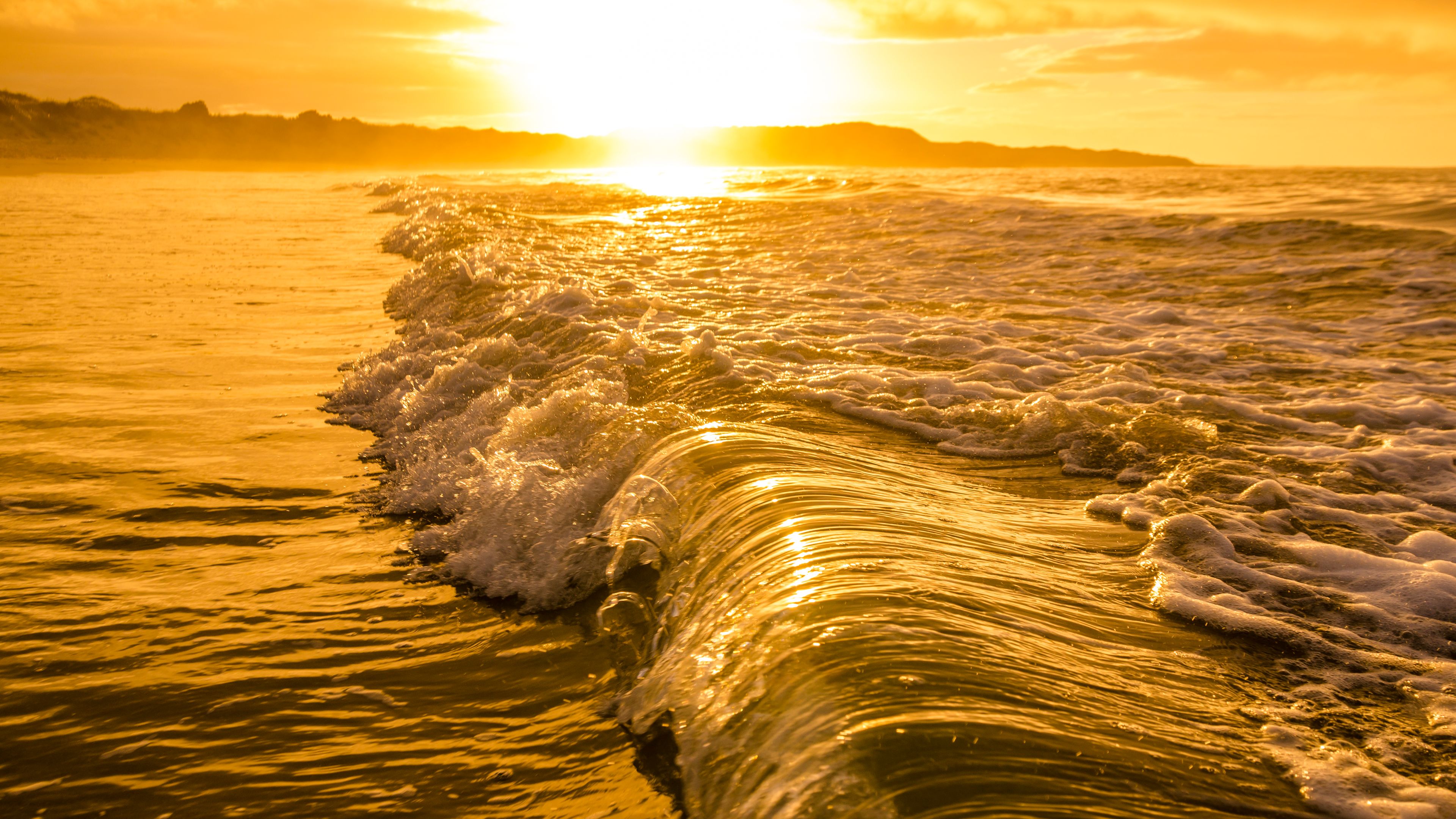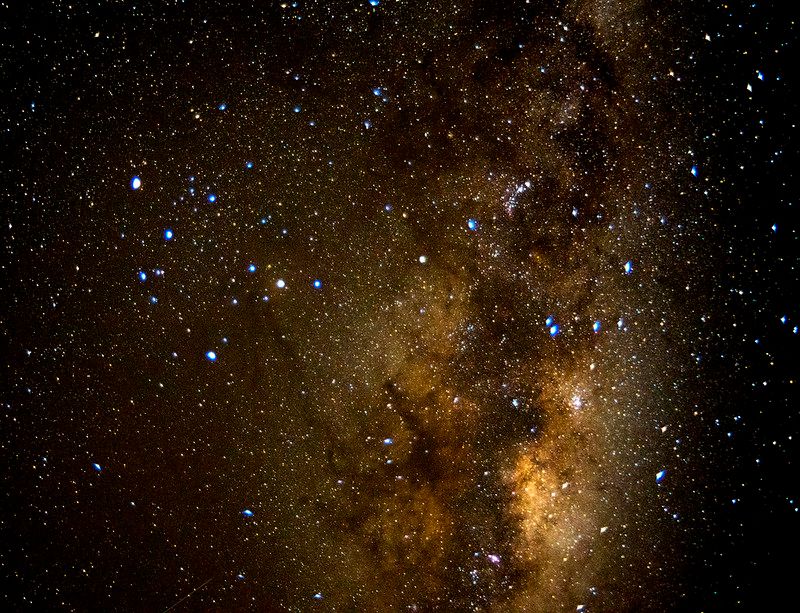Home/Curriculum resources/Mathematics, moon phases, and tides/Activity 2 - Establishing the link between moon phases and tides
Learning Area:
Mathematics
Year level:
Level 8
Suggested timing:
30 minutes

Activity 2 - Establishing the link between moon phases and tides
This activity is a part of the Mathematics, moon phases, and tides resource.
Breaking Waves at Sunrise, Killarney Beach, Gunditjmara country. Tiffany Garvie. Source: Ngarrngga. © Tiffany Garvie 2023. Used under licence
In this activity, students analyse tide data from Murray Island to establish a link between lunar phases and tide amplitudes. They calculate the difference between high and low tides on days of different lunar phases throughout the year, plotting the data to identify correlations. Students then use this information to determine optimal fishing days based on Meriam knowledge of fishing, Moon phases, and tides.
Step by step guide
Step 1 - Determine the correlation between lunar phase angle and tide amplitude
Using data from Activity 1 (or alternatively simply get the information online), students will determine the correlation between lunar phase angle and tide amplitude.
Support students through the following:
Access the tide data from Mer (aka Murray Island, as we will base this on Torres Strait Islander knowledge) https://tides.willyweather.com.au/qld/far-north/murray-island.html
Students will calculate the difference between high tide and low tide on the day of each lunar phase throughout the year.
Teachers can develop their own spreadsheet or use the table below (using additional columns for additional phases, depending on their time constraints).
Use the Meriam Mir names for the lunar phases so the students are encouraged to remember them. For reference, they are:
Moon is called meb (which is also the term for a month.
New Moon (thin crescent) is aketi meb.
First Quarter Moon is meb degemli
a nearly Full Moon (waxing or waning) is eip meb.
Full Moon is giz meb. A Third Quarter Moon is meb zizimi. For reference, a lunar eclipse is meb dimdi.
Tidal Range/Amplitude (High Tide minus Low Tide)
Month | New Moon [aketi meb] | First Quarter [meb degemli] | Full Moon [eip meb] | Last Quarter [meb zizimi] |
|---|---|---|---|---|
January |
|
|
|
|
February |
|
|
|
|
March |
|
|
|
|
etc.... |
|
|
|
|
Students then undertake the following steps:
plot their data on a curve to show the correlation between lunar phases and tides. Since two tides normally occur each day, students can average the two values for that day.
calculate the amplitude of high tides throughout the year, which peak at King tide around 2 January and being lowest at neap tide around 2 July.
Step 2: Discussion
Based on the calculated information, have student discuss what days are best for fishing, using the basic Meriam knowledge about fishing, Moon phases, and tides.
Related activities within this resources:

Inquiry-based learning questions
These inquiry-based questions are provided for flexible classroom use, allowing teachers to tailor discussion and reflections specific to their classroom needs.

What is Stellarium?
Discover Stellarium, a digital planetarium that offers a vivid depiction of the night sky worldwide, showcasing the celestial dance of the Sun, Moon, planets, and stars in real-time.

Activity 1 - Measuring lunar phase angle and percentage illumination
In this activity, students estimate the illuminated lunar surface area during different phases, calculate phase angles, and explore the Moon's changing appearance throughout a lunar cycle.
Suggested timing:
30-45 minutes